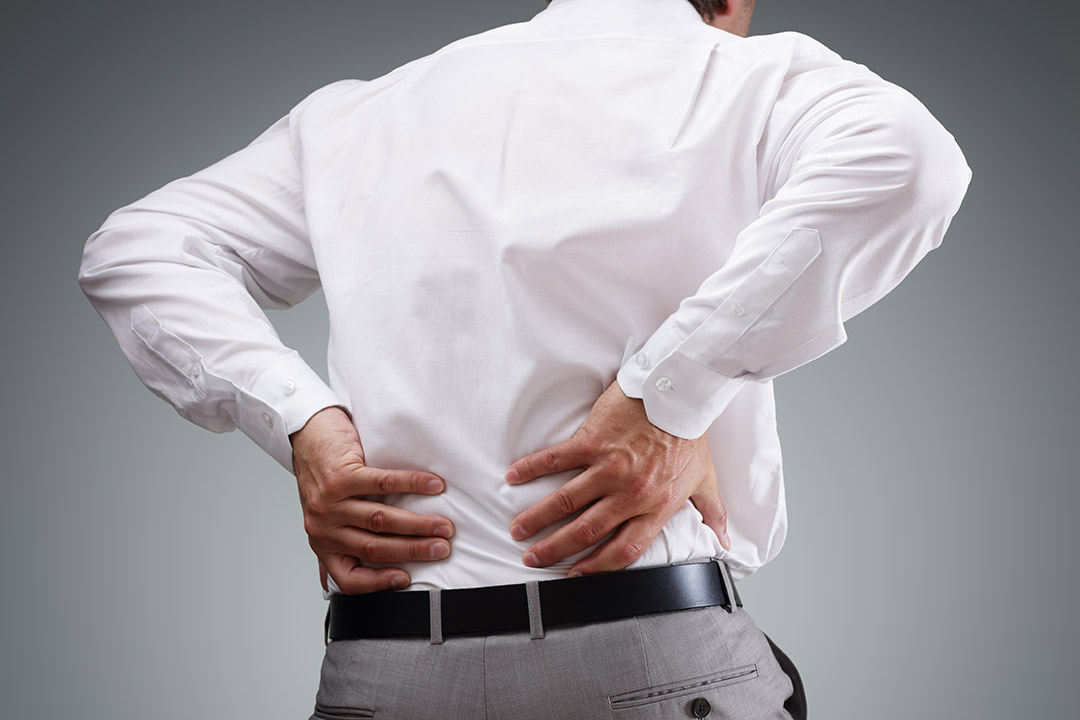
Co-authored by Dr Stephanie Mathieson
Back pain. If you haven’t experienced it, you are part of a small percentage of people across the world that have been lucky. For those who have had an episode of back pain, it may have been a short-lived experience, but it can turn into a nightmare for others. Low back pain has been the leading cause of years lived with disability since 1990, not just here in Australia, but across the world (1). It continues to be a global public health problem.
Surely by now we know how to beat the problem of back pain? The world has faced an unprecedented time, a year of living through the pandemic of Covid-19, and adapting to the “new” normal. Unfortunately, many people are ignoring investigations & treatment for chronic medical conditions since the advent of Covid-19, often to their detriment. I (Dr Walker) saw a patient the other day, whose brother died overseas because he did not seek urgent attention for chest pain for fear of contracting Covid-19 if he went to hospital.
So, back to back pain, why is it difficult to manage? In part, is it related to the condition itself, and the fact many medicines are not beneficial.
Approximately 85-95% of people presenting to general practitioners with back pain do not have a specific identifiable pathoanatomical origin for their pain (2). The pain may be caused by a number of structures in the back, creating the label of “non-specific low back pain”. Most people with an acute back pain episode recover quickly, but up to 30% will still have pain after one year (3). Preventing the pain from turning into a chronic problem is key in managing back pain.
Clinical guidelines have been developed to recommend suitable treatments for back pain. Guidelines change over time, depending on new research findings. For example, opioid medicines are now discouraged for managing back pain and chronic non-cancer pain, in light of the potential harms of opioids as they frequently do not outweigh the benefits (4,5).
So what do the guidelines recommend? Recommendations for specific therapies differ between guidelines across countries, but in general, they recommend reassurance that most episodes settle quickly, try non-pharmacological interventions first, and then use medicines if needed.
For acute back pain, this may include non-pharmacological interventions like superficial heat (e.g. low level, continuous heat from a heat wrap) or consider manual therapy (5). For chronic back pain, tai chi, yoga and stress reduction techniques and cognitive behavioural therapy may be beneficial (5).
If pain medicines are needed, most guidelines now recommend nonsteroidal anti-inflammatory drugs as first-line therapy and an effective dose used for the shortest time possible. Newer mechanical therapies are being introduced in this area with good effectiveness for many people. As an intermittent back pain sufferer, I perform a daily routine of weights, stretching & yoga exercises. I also have a weekly remedial massage and receive a very new therapy, MedKey, which is an electro-magnetic device applied to the areas of pain and spasm. Since following this regimen, my episodes of back pain have become very occasional & mild.
If you are suffering severe sciatica, where (typically) a disc is bulging in the lower spinal cord, pressing on the nerves, a microdiscectomy performed by a spinal neurosurgeon is a limited but highly effective procedure.
Some medicines such as anticonvulsants are not recommended to manage back pain and sciatica. Sciatica is a condition that can lead to pain in the back and legs. I spoke to an expert in this research area. Dr Mathieson was part of a team that tested if the anticonvulsant, pregabalin, reduced pain in people with sciatica. This clinical trial was part of her PhD thesis and found that pregabalin worked no better than placebo (6). Basically, it did not reduce back pain or leg pain any more than taking a sugar pill!
References
1. GBD 2017 Disease and Injury Incidence and Prevalence Collaborators, James SL, Abate D, et al. Global, regional, and national incidence, prevalence, and years lived with disability for 354 diseases and injuries for 195 countries and territories, 1990–2017: a systematic analysis for the Global Burden of Disease Study 2017. The Lancet. 2018;392:1789-858.
2. Finucane LM, et al. International framework for red flags for potential serious spinal pathologies. Journal of Orthopaedic & Sports Physical Therapy. 2020; 50(7):350-372.
3. Agency for Clinical Innovation. Management of people with acute low back pain: model of care. 2016. Available at: https://aci.health.nsw.gov.au/__data/assets/pdf_file/0007/336688/acute-low-back-pain-moc.pdf.
4. National Institute for Health and Care Excellence. Low back pain and sciatica in over 16s: assessment and management. 2016. Available at www.nice.org.uk/guidance/ng59.
5. Qaseem A, et al. Noninvasive treatments for acute, subacute, and chronic low back pain: a clinical practice guideline from the American College of Physicians. Annals of Internal Medicine. 2017;147:478-91.
6. Mathieson S, et al. Trial of pregabalin for acute and chronic sciatica. New England Journal of Medicine. 2017;376:1111-20.
Dr Stephanie Mathieson is a Research Fellow at the Institute for Musculoskeletal Health, University of Sydney.